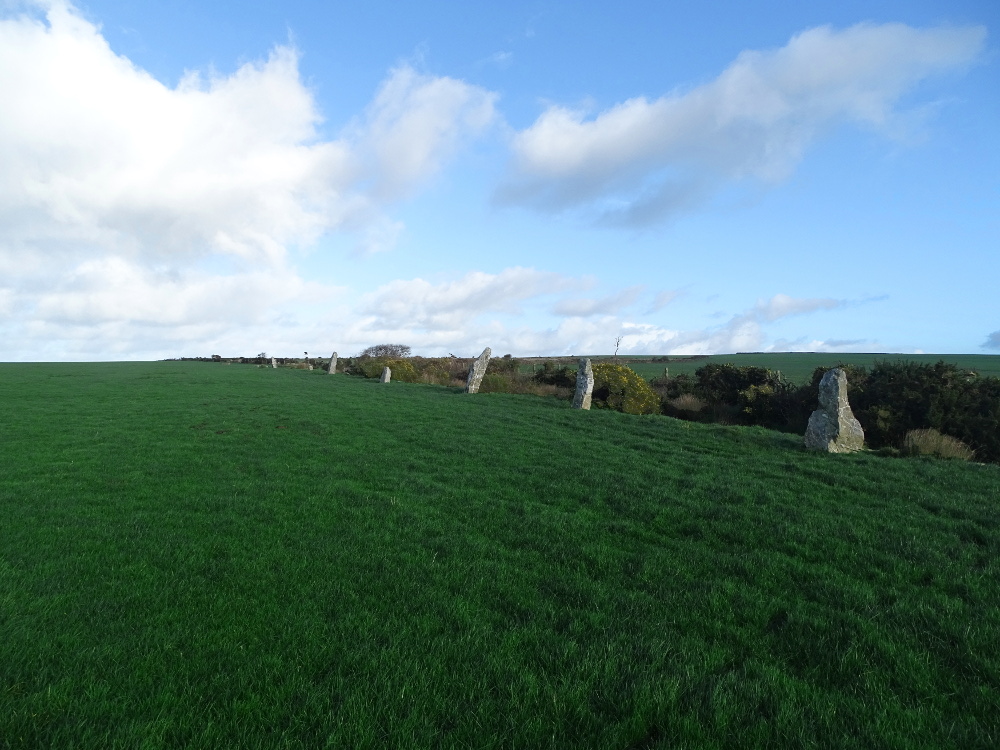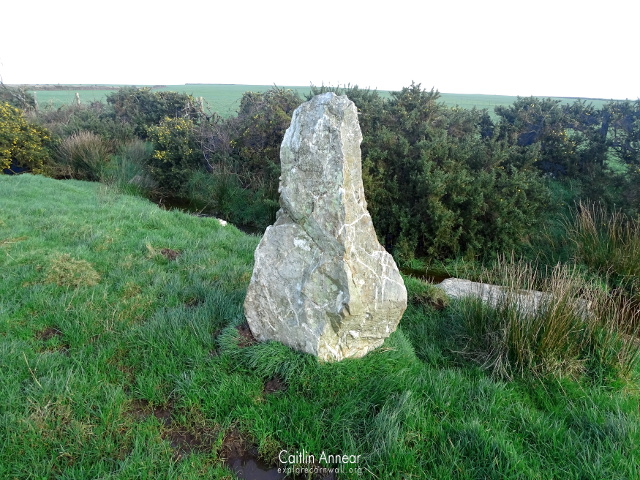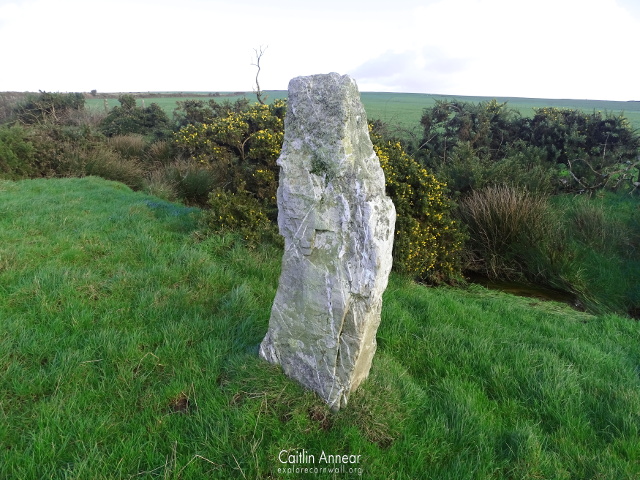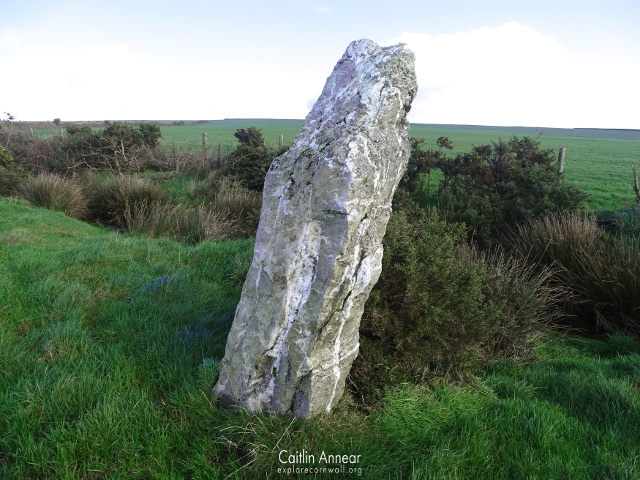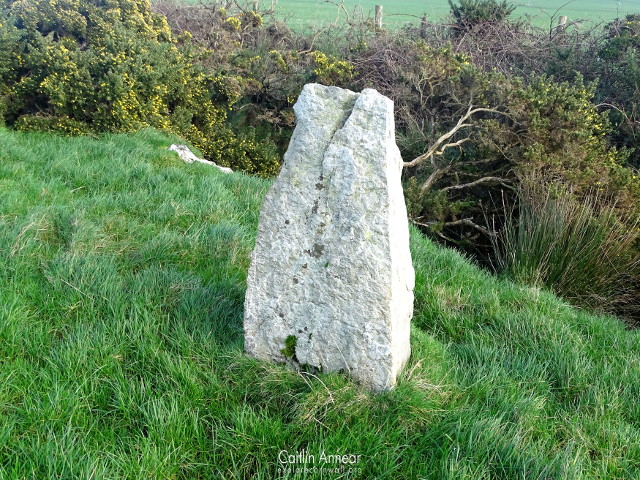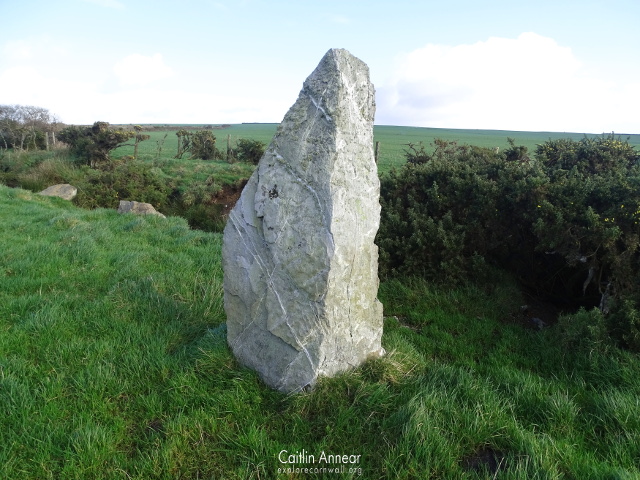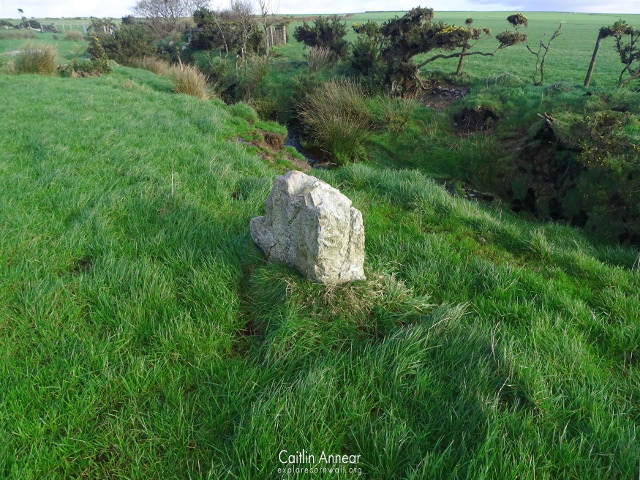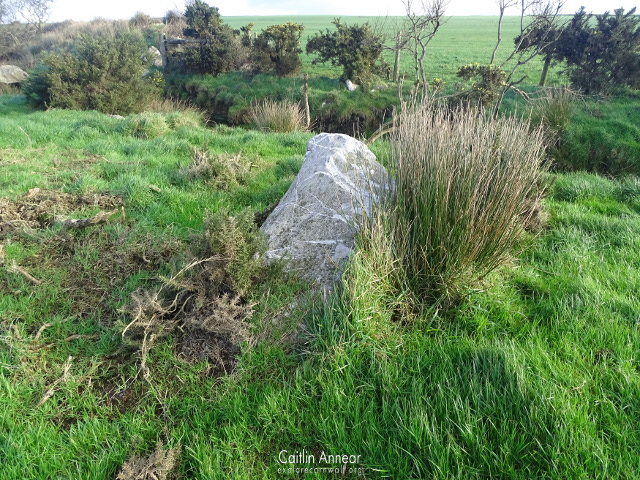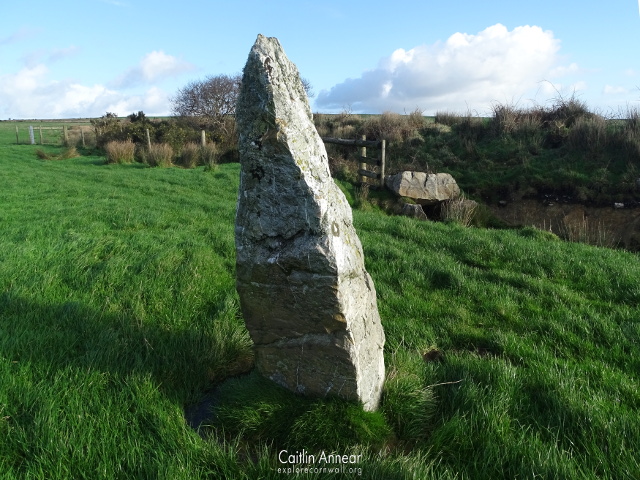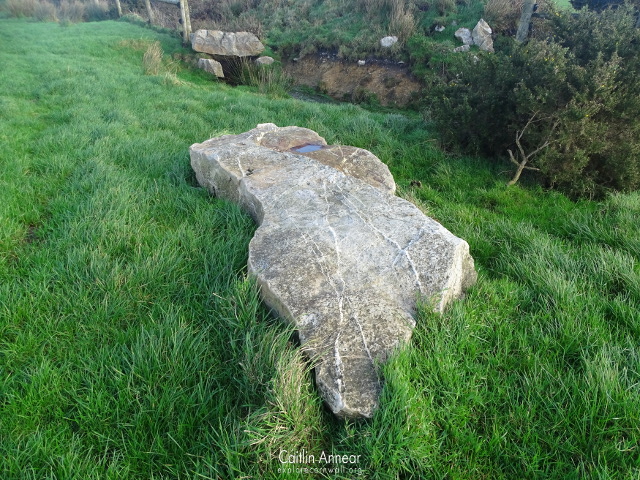Not far from Wadebridge is one of Cornwall’s unique stone rows. Originally thought to be the only one in the county, this beauty is made up of nine ‘maidens’ or standing stones spaced evenly apart, with a few stumps alongside them.
Just over 100m in length, legend has it that the stones are the petrified remains of nine young maidens who angered god by dancing on the sabbath. The line may have once been longer, with some of the stones lost, something that has occurred in so many similar Cornish structures.
Someway to the north is another megalith called the Fiddler which could be related, possibly the remains of a musician that played for the dancers. Borlase states that it was once surrounded by a stone circle, remnants of which are long gone.
The petrification myth is a common feature in the history of these stone rows and circles, possibly used by early Christian’s as a way of warding locals from misbehaving on Sundays. This is not unique to this megalith, with Boskednan Stone Circle and the Hurlers supposedly suffering similar fates. It’s original use, dating from 2500-1000 BCE, remains somewhat of a mystery, although historians believe it likely held a ceremonial purpose and may have been linked to the stars.

Access is available via a public footpath that runs from the road to the row. There is a style on the roadside that needs to be crossed (it’s quite high).
The closest parking is in a layby just up the road towards Wadebridge. From here, carefully follow the grassy ridge down to the style – be mindful that this road is national speed limit.
Dale, E. (2020) The Nine Maidens Stone Row & myths of Petrification, The Cornish Bird. Available at: https://cornishbirdblog.com/2020/06/20/the-nine-maidens-stone-row/ (Accessed: 2 April 2021).
Historic England (no date) Monument Number 430506. Available at: https://www.heritagegateway.org.uk/Gateway/Results_Single.aspx?uid=430506&resourceID=19191 (Accessed: 2 April 2021).
Megalithic (2002) Nine Maidens Stone Row. Available at: https://www.megalithic.co.uk/article.php?sid=2066 (Accessed: 2 April 2021).
